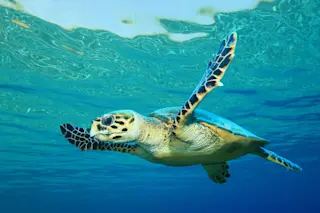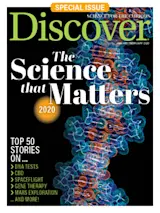One million species face extinction, more than ever before in human history, according to a U.N. report released in May. And humanity is responsible.
The Intergovernmental Science-Policy Platform on Biodiversity and Ecosystem Services (IPBES) based the assessment on some 15,000 sources that consider the causes and consequences of environmental changes over the past 50 years.
The findings are stark. The authors found that about 25 percent of the world’s plants and animals are vulnerable to extinction. These include over a third of marine mammals and more than 40 percent of amphibians. Even domesticated animals are at risk: Over 9 percent of domesticated mammal breeds used for food and agriculture already may have been lost.
This rapid decline of the natural world endangers global food security and quality of life. For instance, an estimated 4 billion people rely on natural medicines, produced by the vanishing species, for their health care. And ...















